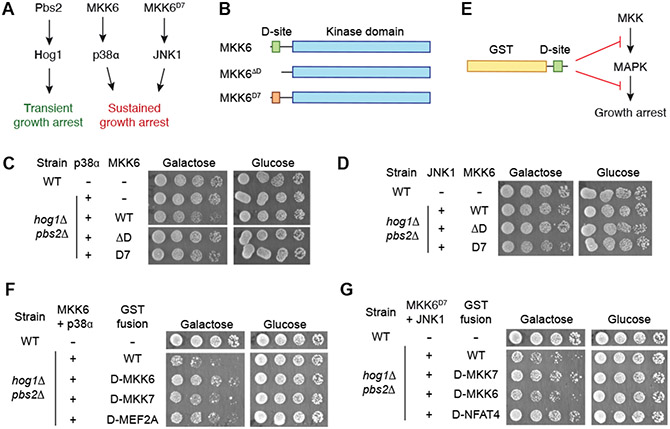Figure 1. A system coupling MAPK D-site interactions to yeast cell growth.
(A) Scheme showing the impact of replacing yeast MAPK pathway components with human homologs on cell growth. (B) Domain structure of MKK6 and D-site variants. MKK6D7 replaces the native p38-selective D-site with that from MKK7, which binds only to JNK. (C) Growth assay for a hog1Δ pbs2Δ strain co-expressing p38α and the indicated MKK6 variants. Cells were grown in liquid culture, derepressed in raffinose media, and then spotted in 5-fold serial dilutions on solid media containing either galactose (to induce p38 expression) or glucose. Representative of 2 independent experiments. (D) Growth assay of a hog1Δ pbs2Δ strain co-expressing JNK1 and MKK6 variants conducted as in (C). Representative of 2 independent experiments. (E) Scheme showing potential mechanisms for growth rescue resulting from the expression of GST-D-site fusion proteins. (F) Effect of expressing cognate (MKK6, MEF2A) or non-cognate (MKK7) D-sites fused to GST on growth arrest mediated by p38α-MKK6 co-expression in a hog1Δ pbs2Δ strain. Cells were grown and plated as in (C). Representative of 2 independent experiments. (G) Effect of expressing cognate (MKK7, NFAT4) or non-cognate (MKK6) D-sites fused to GST on growth arrest mediated by JNK1-MKK6D7 co-expression in a hog1Δ pbs2Δ strain. Representative of 2 independent experiments.

